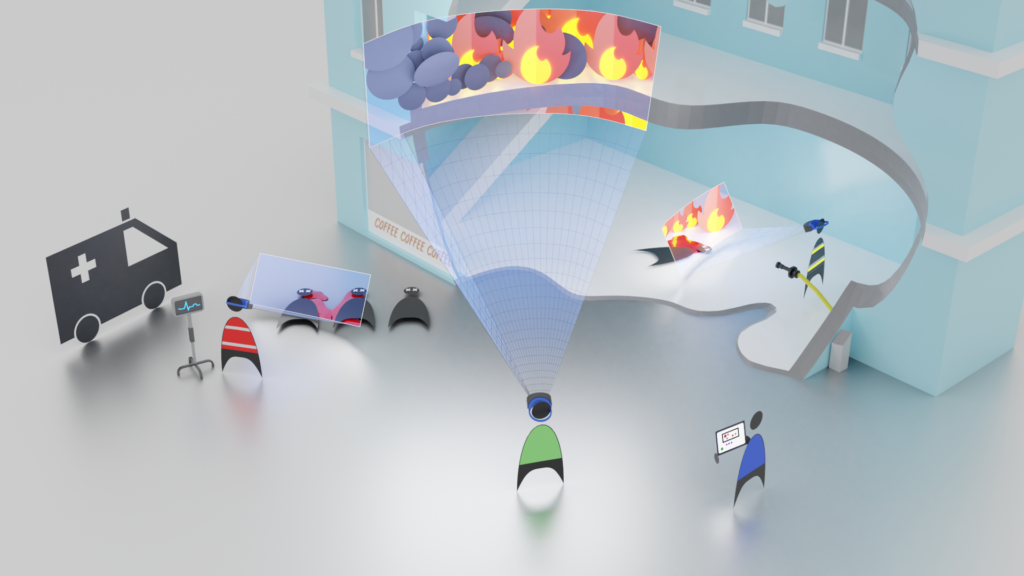Abstract
Global Positioning Satellite (GPS) systems sample points on the Earth’s surface with meter accuracy. Real-Time Kinematic (RTK) devices improve GPS performances by providing real-time correction data from ground stations, achieving centimeter accuracy. Reliable tracking approaches are essential for Augmented Reality (AR) applications, especially for outdoor scenarios, which still present unsolved challenges. AR handheld tracking capabilities have been greatly improved by integrating visual tracking approaches with RTK devices, whereas little is known about combining wearable AR interfaces with RTK systems. Although wearable AR devices are intrinsically designed for AR applications, their performance dramatically reduces in large outdoor areas, comprising the user experience. Hence, this paper provides a rigorous evaluation of a small-size RTK device that does not need any additional software integration to collect positional data. The main goal of the assessment is to verify whether its integration with a wearable AR device is advantageous or not. The evaluation has been performed considering both static and dynamic scenarios in open-sky and urban areas. The results show that the RTK device can achieve 1 cm accuracy when used in open-sky areas. In contrast, its accuracy dramatically reduces in the proximity of buildings and obstacles, showing average errors ranging from 76 to 2561%. Since wearable AR devices have an average accuracy of 2 cm, the outcomes indicate that RTK devices should be combined with wearable AR devices only when the RTK device is far from obstacles. On the contrary, the positional data should be completely avoided when barriers surround the RTK device.
Reference
De Pace, F., & Kaufmann, H. (2023). A systematic evaluation of an RTK-GPS device for wearable augmented reality. Virtual Reality. https://doi.org/10.1007/s10055-023-00863-3

